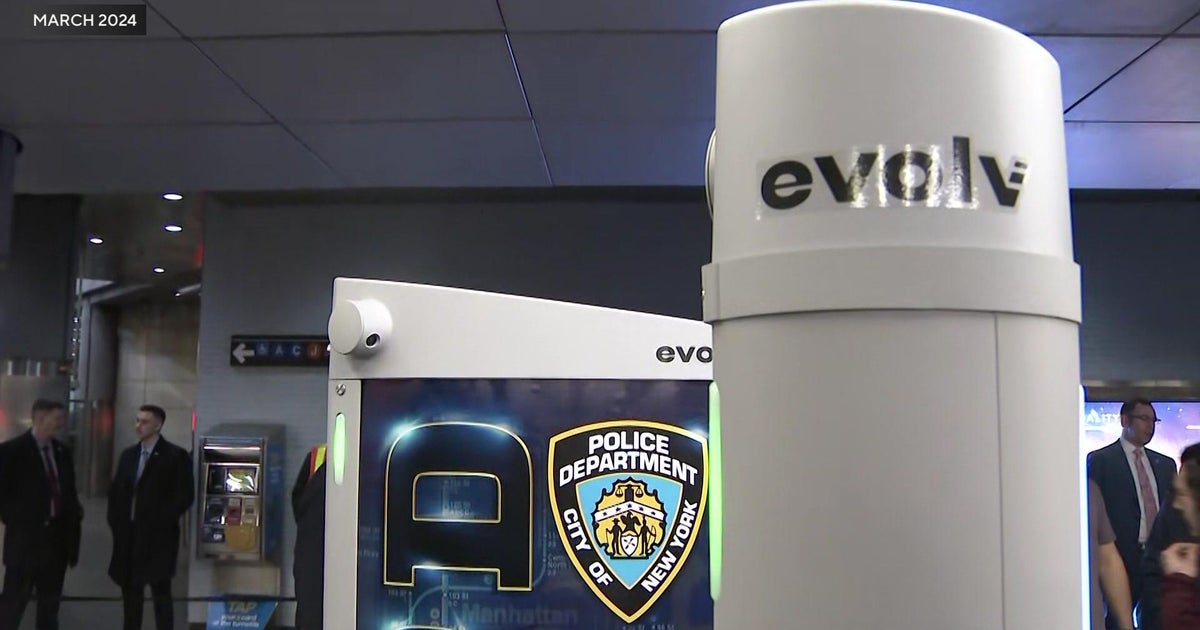Meet Jon Pichaya Ferry, Brooklyn man behind JonsBones bone supply business
NEW YORK -- A recent college graduate living in Brooklyn has a huge TikTok following because of his bone collection.
CBS New York's Zinnia Maldonado found it's perfectly legal, but very complicated. The young man runs a bone supply business and says he wants to make the study of bones accessible to all.
She met Jon Pichaya Ferry inside a well lit Bushwick studio along Stewart Avenue, where she found skulls, spines and even a few skeletons.
"According to Scott Carney's 'The Red Market,' in 1983, there were upwards of 60,000 skulls that were shipped to the U.S. and the U.K. alone," Ferry told Maldonado. "That was just in one year. So let's imagine how many bones must exist in the U.S., and we don't really know what to do with all of it."
The 22-year-old bone salesman graduated this year from Parsons College, where he studied project design while running his business, JonsBones, full time.
"It's an osteological supply business. We sell retired medical pieces to schools and universities all over the country," he explained.
Ferry said the goal of JonsBones is to make osteology, the study of bones, more accessible to all.
There seems to be an interested audience. Ferry has nearly half a million followers and more than a million likes on TikTok, where he posts videos about the medical bone trade.
"I wanted to find a way to captivate an audience and really share the amazing history that's been under documented," he said, displaying a piece that dates back to 1890.
Many online wonder where the bones comes from. Ferry said the majority are passed down to him from doctors, medical professionals and individual sellers who find themselves with bones they don't know what to do with.
"You can't just throw it in the trash, you can't just get rid of it. They have to go through the proper procedures of cremation, if that's the decision you do want to take, or it has to be acquired to companies, such as JonsBones, or other academic institutions that can take it," he explained. "So we work with affected families, purchase them back from the community, and then work with universities and other academic professionals to get these pieces back to where they belong and should be used for."
In the past few decades, the medical community has transitioned away from having students study with actual human bones, instead using cheaper 3-D printed ones.
Rutgers University anthropology professor Susan Cachel still uses authentic bones in her classroom to teach students, but points out the complicated history behind the bone trade.
"Things were done a little bit more irregularly, I'd say. Museums and institutions would obtain bodies of people who died without any kind of relatives. They would have been buried in potters' fields and so forth, unclaimed bodies," she said. "And those bodies would then sometimes end up in museum collections or in osteological collections."
A Carolina Biological Supply Company catalog from the 1980s shows for sale boxes of remains that medical students used to purchase. Ferry showed Maldonado one of the boxes in his collection.
"If we look at the inside here, this is a Millikan and Lawley half skeleton bone box, and it's what a medical student would have purchased back in the 1920s to better study anatomy," he said.
Ferry said he plans to continue working hard to give the pieces second life.
"We want to find the solution of what to do with all the pieces that exist in the U.S.," he said.
Some of his clients include centers that train search and rescue dogs.





